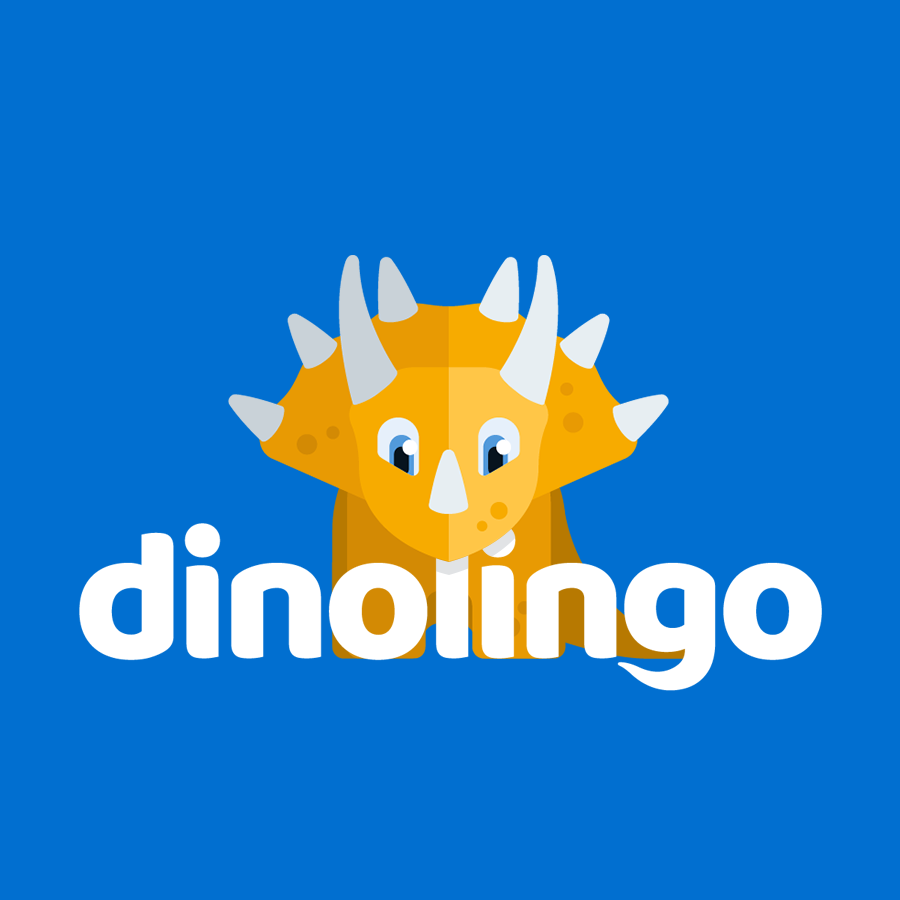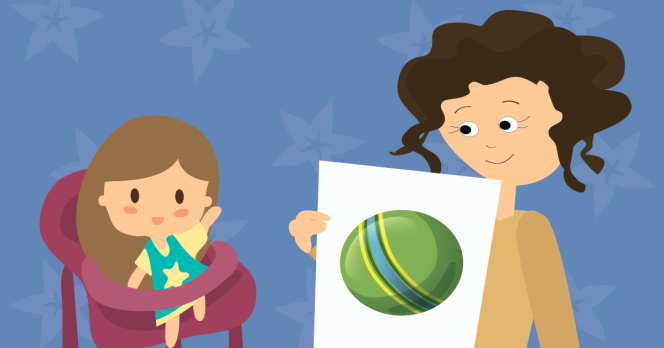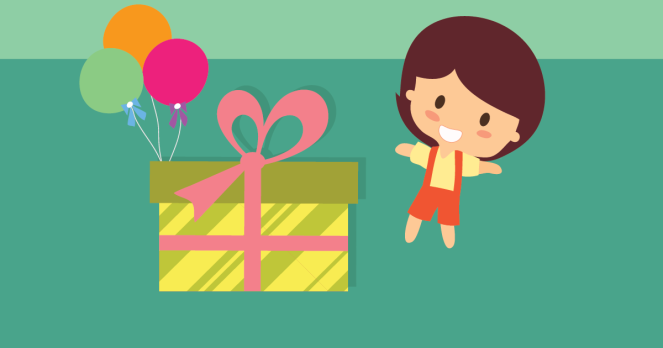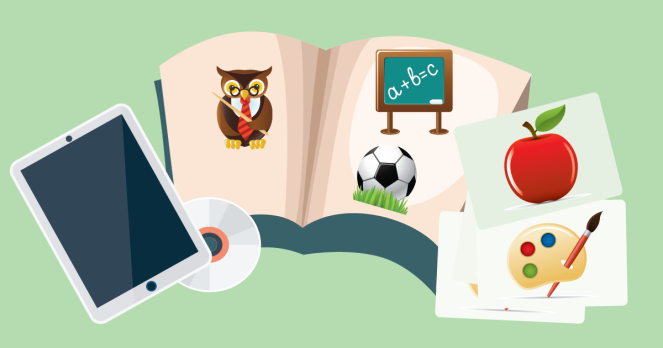Start Simple
Start with some simple greetings and every day words.
E.g. good morning/ how are you? Be consistent, use the words or phrases you have chosen every day. Items in your environment that you see or use every day can be used repeatedly and naturally in the 2nd language.
Here you are/thank you, good morning/goodnight,
Ball, dog, cup, door etc. are useful and easy to use naturally everyday. Use the language naturally and be patient for your child to use it back to you. Slowly introduce new words and phrases but continue to use the ones your child has learned.
Treats
After doing particularly well, or completing a set goal, why not treat your child. It could be something simple like going out for an ice cream, or make a surprise picnic and eat together in a local park.
The Element of Surprise
Add an element of surprise to things, surprises have been proven to increase motivation. Play hide and seek and count in the 2nd language, or vary hide and seek and take turns to hide an object, such as a ball, use the 2nd language word for it as you hunt. For very young children, Peekaboo is lots of fun.
Make It Fun
Always make it fun! How about a field trip to a park, a zoo or an aquarium? Talk about what you see in the 2nd language. Name the animals at the zoo or aquarium. Or have fun with a board game like snakes and ladders or bingo.
They will pick up word very quickly when they are focused on the fun of the game.
Short and Simple
Kids lose interest quickly if the task is too difficult so only give them a few words at a time to learn. They will learn much more when they are interested and they will gain confidence. Confidence is paramount, give them the satisfaction of feeling, “I can do it’. Tell them often, ‘you can do it’.
Monitor Progress
Test your child’s knowledge frequently. Instead of a written test you can use worksheets or just ask simple questions like show me your “はな”(nose) or give me the ”ボール.” A game like Simon says is good for reviewing body parts and simple actions.
Set Clear Goals
Have clear goals about your target for the end of the year. Do you want to teach a) greetings and basics b) conversational competence, c) reading and writing skill, d) native level competence, e) etc. Keep your goal in mind and always be working towards it. Take time to look back and see how far you’ve come.
Combine Digital and Traditional Materials
Applications and language DVDs are good but also use traditional hands on materials such as flashcards and picture dictionaries. Watch how your child uses the materials and where they do best and follow that lead. Kids learn in different ways so pay observe how your child learns best and enjoys what they are doing.
Use Your Connections
Ask grandparents, neighbours and relatives if its OK to have a Skype chat with them. Language aside it is good for your child to create and maintain bonds with relatives overseas. Connecting with likeminded people is important for you too. Facebook groups are a good resource for support and information, or find an online forum or chat group for exchanging ideas and working out any problems you might experience.
Teachers
Let your child’s kindergarten teacher or caregiver know about your aim of raising a bilingual child. It’s important that other people in your child’s life know what you are doing and can be supportive. Teachers at kindergarten or other caregivers can make sure that your child doesn’t experience any difficulties among their friends/peers.

Online lessons for kids: dinolingo.com













